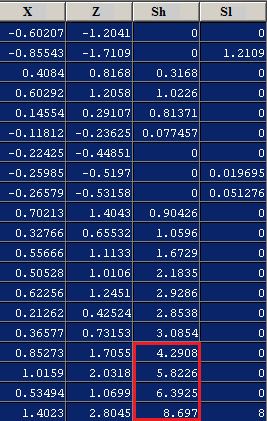Originally proposed by E. S. Page Quality characteristic type Variables data Size of shift to detect ≤ 1.5σ | Rational subgroup size n = 1 Underlying distribution | |
 | ||
Measurement type Cumulative sum of a quality characteristic | ||
In statistical quality control, the CUSUM (or cumulative sum control chart) is a sequential analysis technique developed by E. S. Page of the University of Cambridge. It is typically used for monitoring change detection. CUSUM was announced in Biometrika, in 1954, a few years after the publication of Wald's SPRT algorithm.
Contents
Page referred to a "quality number"
A few years later, George Alfred Barnard developed a visualization method, the V-mask chart, to detect both increases and decreases in
Method
As its name implies, CUSUM involves the calculation of a cumulative sum (which is what makes it "sequential"). Samples from a process
When the value of S exceeds a certain threshold value, a change in value has been found. The above formula only detects changes in the positive direction. When negative changes need to be found as well, the min operation should be used instead of the max operation, and this time a change has been found when the value of S is below the (negative) value of the threshold value.
Page did not explicitly say that
Note that this differs from SPRT by always using zero function as the lower "holding barrier" rather than a lower "holding barrier". Also, CUSUM does not require the use of the likelihood function.
As a means of assessing CUSUM's performance, Page defined the average run length (A.R.L.) metric; "the expected number of articles sampled before action is taken." He further wrote:
When the quality of the output is satisfactory the A.R.L. is a measure of the expense incurred by the scheme when it gives false alarms, i.e., Type I errors (Neyman & Pearson, 1936). On the other hand, for constant poor quality the A.R.L. measures the delay and thus the amount of scrap produced before the rectifying action is taken, i.e., Type II errors.
Example
The following example shows 20 observations of a process with a mean value of X equal to 0 and a standard deviation of 0.5. It can be seen as the value of Z is never greater than 3, so other control charts should not be detected as a failure while using the Cusum 17 that shows the value of SH is greater than 4.
Variants
Cumulative observed-minus-expected plots are a related method.
